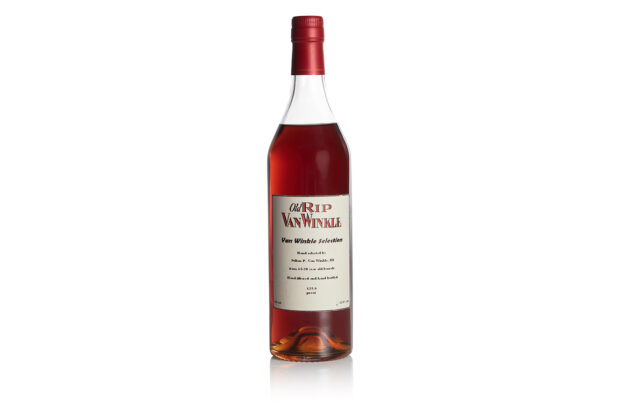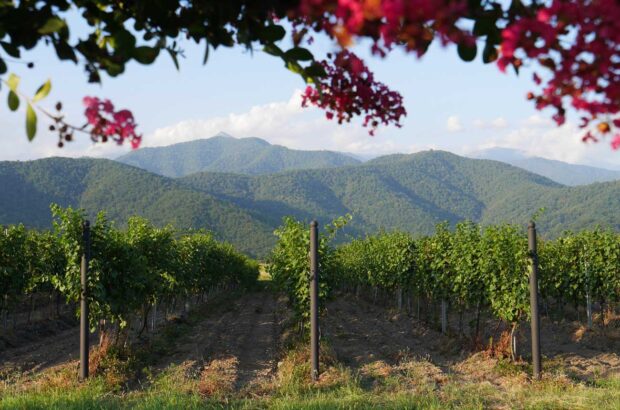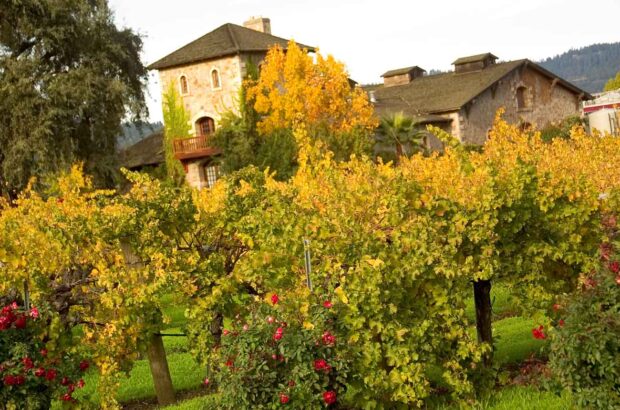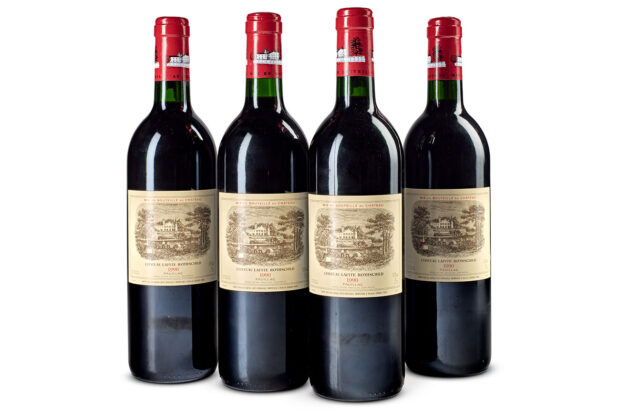All the demoted chateaux from 2006 have made it through the St Emilion classification this time, except Chateau La Tour du Pin Figeac. [See full list below]
Chateau Magdeleine – a Premier Grand Cru Classé which has caused some confusion by its non-appearance on the list – has been merged into its sister property, also Premier Grand Cru Classé, Bélair-Monange.
‘This estate will now effectively fall under the name of the new property, Chateau Bélair-Monange,’ owners JP Moeuix said.
Other chateaux which have now merged, and so are no longer in the list are Chateau Cadet-Piola (now part of Soutard), Ch Bergat (now in Trottevielle), Chateau Haut-Corbin (now in Grand Corbin) and Chateau Matras (now partly in Canon).
Another property, Jean-Luc Thunevin’s Chateau Valandraud, has been promoted to Premier Grand Cru Classé B without passing first to Grand Cru Classé. Chateau Mondotte has also jumped straight to Premier Grand Cru Classé from its previous classification AOC Saint Emilion.
The full list of the 2012 St Emilion classification was unveiled last night, with 82 Saint Emilion properties anointed either Grand Cru Classé or Premier Grand Cru Classé – the highest number since the second classification in 1969 (when there were 84).
Of the four which mounted a legal challenge against their demotions in 2006 – Chateau La Tour du Pin Figeac, Chateau Cadet Bon, Chateau Guadet and Chateau de la Marzelle – only La Tour du Pin Figeac has not been reinstated. One other estate lost its Grand Cru Classé status – Chateau Corbin Michotte.
This is as a result, the organisers have assured the press, of improved standards and greater consistency across the judging process.
The initial 2006 classification had 15 Premiers Grands Crus Classés and 46 Grands Crus Classés, or 61 chateaux in total. After demoted chateaux took the process to a legal battle, the 1996 classification was reinstated, with the newly-promoted chateaux being allowed to keep their status, meaning the number rose to 74.
This 2012 edition sees 18 Premiers Grands Crus Classés and 64 Grands Crus Classés – 82 in total.
The headline changes are inevitably the inclusion for the first time two new Premiers Grands Crus Classés A estates – with Chateau Pavie and Angelus joining Ausone and Cheval Blanc.
Decanter contributing editor Stephen Brook said the promotion of two wines to Premier (A) ‘is a bold move, though it may seem surprising that Angelus and Pavie are the lucky beneficiaries, while Figeac has had to stay put.
‘The new Premiers are well deserved promotions: La Mondotte, Larcis Ducasse, Valandraud, and Canon La Gaffeliere. Overall the jury seems to have rewarded power over finesse, but the controversial Pavie has been making far better wines in recent vintages.’
The jury comprised seven wine professionals, all members or former members of the INAO and all from outside the Bordeaux region. Chateaux were judged on their terroir, renown, methods of vineyard and cellar work and through a blind tasting of ten vintages (15 for Premier Grand Crus).
To become Grand Cru Classé, chateaux had to score at least 14 out of 20, to become Premier Grand Cru Classé, at least 16 out of 20. INAO also brought in two independent bodies – Qualisud for organising the tasting and Veritas-certification for ensuring the application process was correctly carried out.
Franck Binard, director of the Saint Emilion Wine Council, told decanter.com that the high number of classified wines made sense. ‘A number of chateaux were rejected in 2006, and this must have been an electro-shock to them – the quality we see now is a result of improved standards. It shows the force of the classification – that winemakers are encouraged to do their very best., and that Saint Emilion is a modern appellation where nothing is set in stone – anything is possible for those who work hard.’
The Ministry of Agriculture now has to ratify the classification.
Full list with new classifications in bold:
Premiers Grands Crus Classés
Château Angélus (A)
Château Ausone (A)
Château Beauséjour (héritiers Duffau-Lagarrosse)
Château Beau-Séjour-Bécot
Château Bélair-Monange
Château Canon
Château Canon la Gaffelière
Château Cheval Blanc (A)
Château Figeac
Clos Fourtet
Château la Gaffelière
Château Larcis Ducasse
La Mondotte
Château Pavie (A)
Château Pavie Macquin
Château Troplong Mondot
Château Trottevieille
Château Valandraud
Grands Crus Classés
Château l’Arrosée
Château Balestard la Tonnelle
Château Barde-Haut
Château Bellefont-Belcier
Château Bellevue
Château Berliquet
Château Cadet-Bon
Château Capdemourlin
Château le Chatelet
Château Chauvin
Château Clos de Sarpe
Château la Clotte
Château la Commanderie
Château Corbin
Château Côte de Baleau
Château la Couspaude
Château Dassault
Château Destieux
Château la Dominique
Château Faugères
Château Faurie de Souchard
Château de Ferrand
Château Fleur Cardinale
Château La Fleur Morange
Château Fombrauge
Château Fonplégade
Château Fonroque
Château Franc Mayne
Château Grand Corbin
Château Grand Corbin-Despagne
Château Grand Mayne
Château les Grandes Murailles
Château Grand-Pontet
Château Guadet
Château Haut-Sarpe
Clos des Jacobins
Couvent des Jacobins
Château Jean Faure
Château Laniote
Château Larmande
Château Laroque
Château Laroze
Clos la Madeleine
Château la Marzelle
Château Monbousquet
Château Moulin du Cadet
Clos de l’Oratoire
Château Pavie Decesse
Château Peby Faugères
Château Petit Faurie de Soutard
Château de Pressac
Château le Prieuré
Château Quinault l’Enclos
Château Ripeau
Château Rochebelle
Château Saint-Georges-Cote-Pavie
Clos Saint-Martin
Château Sansonnet
Château la Serre
Château Soutard
Château Tertre Daugay (Quintus)
Château la Tour Figeac
Château Villemaurine
Château Yon-Figeac
Written by Jane Anson in Bordeaux, and Adam Lechmere







